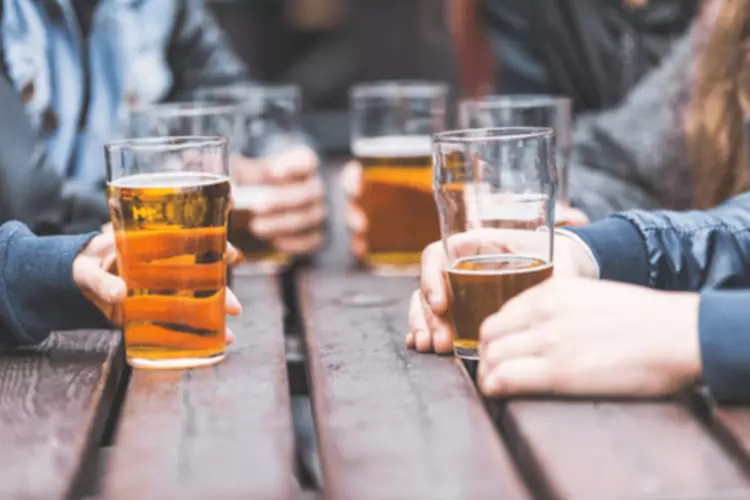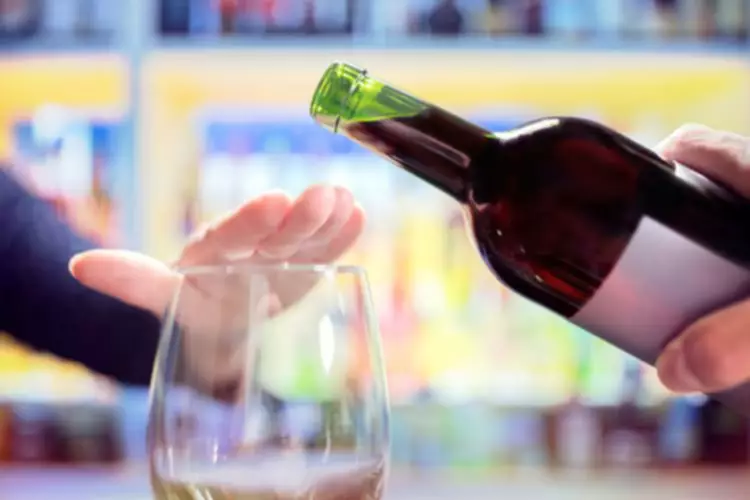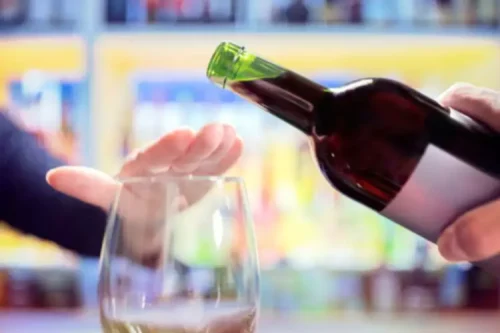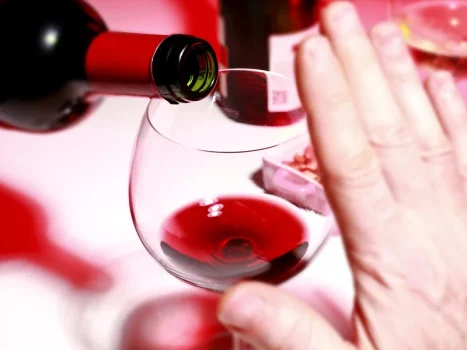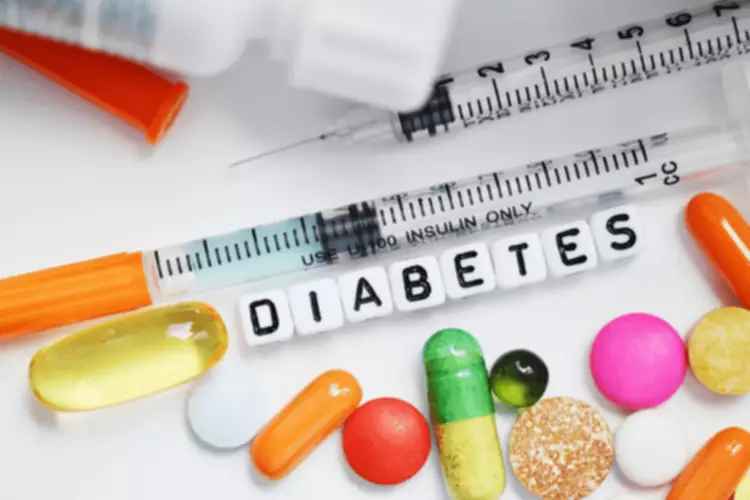Contact MASH Certified Sober House
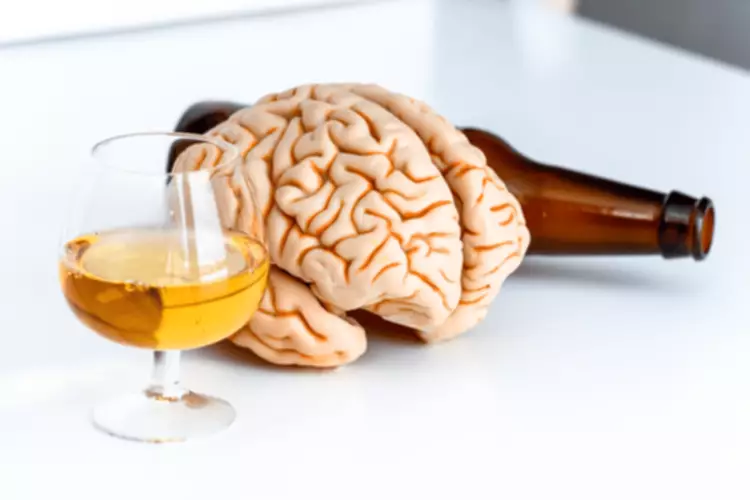
The woman who runs it has stolen from residents including myself ( I have filed a police report) and also many residents believe is using drugs herself. Because she is a narcissist and classic addict, she talks a great game but please beware, because by entering that house you expose yourself and loved ones to mental abuse and endanger your sobriety. There are better places and just because the facility is clean, does not mean the woman who manages it is. We expect our residents to be actively involved in an individual recovery plan. We facilitate in- house AA and NA meetings, and all residents are subject to supervised drug and alcohol testing. Sober House Directory provides information on sober house certification for each state in the database.
Sober Living in Dorchester Massachusetts

Are you a state agency, licensed provider, individual, or family looking for a MASH-certified sober home? Search our directory to find a list of all MASH-certified sober homes. All MASH-certified sober homes follow the National Alliance for Recovery Residences (NARR) standards and have been independently inspected.
Searching for a Sober Living Home? Consider Our Sober Living Home in Dorchester, Massachusetts.
Sober living allows for a smoother transition because it’s more like taking a baby step in the right direction. Not sure who owns these sober homes but they are anything but nice places to live. When you go to take a shower you need to keep all your valuables with you or they wont be yours any longer. My roommate was so banged up every night it was a relief when he finally passed out. They mean well but do not do enough due diligence when letting potential residents in. None of knows who will actually stay sober but with this place as long as you have some dough your good to go as the saying goes.
Sober Living Home Operator Information:
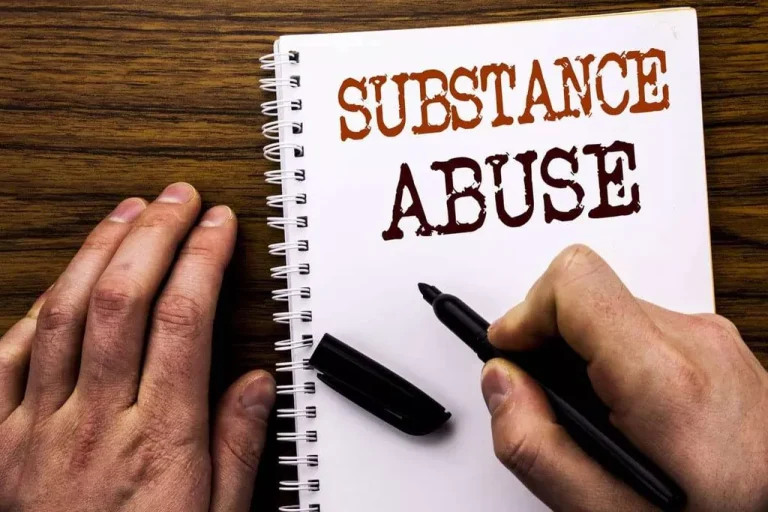
Phoenix House Dorchester provides long-term residential family substance use support for women and their children of all ages, from newborns to teens. The skilled professional staff is dedicated to helping women overcome substance dependence and empowering them to achieve productive, substance-free lives. The mothers are provided both group and individual services to https://ecosoberhouse.com/ support and foster their recovery. Boston Sober Homes is a M.A.S.H certified sober housing company for those who are serious about their recovery and sobriety. Our mission is to provide clean, comfortable accommodations in a positive environment for those looking to live a sober lifestyle. Our homes and their atmospheres are nurtured by the guests they provide for.
Top-Rated Addiction Treatment Centers
Are you looking for a safe, clean and sober environment to live in somewhere in the state of Massachusetts? If you or someone you know has recently tried to quit using drugs or alcohol and needs a clean and sober environment to live in and continue their recovery, sober living may be the next ideal step down recovery lane. Dorchester, Massachusetts sober house dorchester ma offers many sober living resources for men and women in recovery from addiction. In addition to a range of recovery resources and services to men and women in recovery, Dorchester, located close to Boston, Massachusetts, offers many sober living resources as well. A list of all sober houses in Dorchester, Massachusetts is available below.
- Sober House Directory helps you find sober houses, structured group homes, and sober living.
- Each guest can expect a clean bed, sufficient clothing storage, HDTV w/ cable and free wifi in every room inside a clean, well maintained home cared for by the guests who stay there!
- For recovery resources in Dorchester, Massachusetts, please visit the Massachusetts Sober House Recovery Resources page for more information.
- All MASH-certified sober homes follow the National Alliance for Recovery Residences (NARR) standards and have been independently inspected.

These programs equip you with the necessary tools to embrace a sober lifestyle and effectively manage your addiction. Sober living homes serve as a transitional phase, helping you reintegrate into everyday life once you’ve detoxified. Fully embracing and maximizing the benefits of these homes is crucial.
Sober Living Homes in Milton MA
The staff empowers, encourages, and genuinely cares for each family’s safety, success, and long term stability. Given its location, the women and children at Dorchester Center are able to benefit from many of the above-mentioned services, while the mothers receive high quality substance use treatment. The recovery program supports women with stabilizing their health, furthering their education, and completing job training both on and off campus, which in many cases has led to long-term employment and stability for their families. At Rockland Recovery, we’re committed to providing compassionate and effective addiction treatment services. In our home, you will find a structured program designed to help you maintain your sobriety while regaining your independence. We offer various resources, including access to counseling, group therapy sessions, and workshops on life skills and relapse prevention.
- The Phoenix House – Dorchester is a women and children’s recovery home in Dorchester, MA.
- All clients are held to a high standard, and our facilities have a zero-tolerance policy for both drugs and alcohol.
- Phoenix House Dorchester provides long-term residential family substance use support for women and their children of all ages, from newborns to teens.
- As a resident of our sober living home in Dorchester, MA, you become part of a community where building strong, lasting relationships centered on sobriety is at the heart of your new lifestyle.
- Search our directory to find a list of all MASH-certified sober homes.
Phoenix House – Dorchester
